Cheddar Pink (Dianthus gratianopolitanus) is a low-growing perennial belonging to the Caryophyllaceae family. Native to regions spanning from Great Britain to Ukraine, this ground cover plant is prized for its vibrant pink blooms that are known to attract butterflies. It’s a hardy plant that thrives in part sun to full sun, tolerating both high humidity and drought conditions with moderate moisture.
Cheddar pink is also deer resistant, making it a reliable choice for gardeners looking to protect their flowerbeds. Its adaptability allows it to flourish in both traditional garden beds and container gardens, adding charm and color wherever it grows.
| Common name | Cheddar Pink |
| Botanical name | Dianthus gratianopolitanus |
| Family | Caryophyllaceae |
| Species | gratianopolitanus |
| Origin | Great Britain to Ukraine |
| Life cycle | Perennial |
| Plant type | Ground Cover |
| Hardiness zone | 4, 5, 6, 7, 8 |
| Sunlight | Full Sun |
| Maintenance | Low |
| Soil condition | High Organic Matter |
| Soil ph | Alkaline |
| Drainage | Well-Drained |
| Growth rate | Medium |
| Spacing | 12 in. – 3 ft. |
| Harvest time | Fall |
| Flowering period | Spring |
| Height | 6 in. – 1 ft. |
| Flower color | Pink |
| Leaf color | Blue |
| Fruit color | Black |
| Fruit type | Capsule |
| Leaf benefit | Long-lasting |
| Flower benefit | Fragrant |
| Garden style | Butterfly Garden |
| Uses | Container |
I. Appearance and Characteristics
Dianthus gratianopolitanus, commonly known as the Cheddar pink or clove pink, is a species of plant in the family Caryophyllaceae. It is a herbaceous perennial, hardy to zones 4–8. It grows to a height of 0.5 to 1 feet, blooming from May to June. Flowers are fragrant and rose pink. Grows best in full sun, and has medium water requirements. Overwatering or poor drainage leads to crown rot, and plants do not tolerate wet winter soil conditions.
The specific epithet gratianopolitanus refers to the ancient Roman name Gratianopolis of the modern French city Grenoble. The common name Cheddar pink refers to the fact that it’s native to the Cheddar Gorge in England.
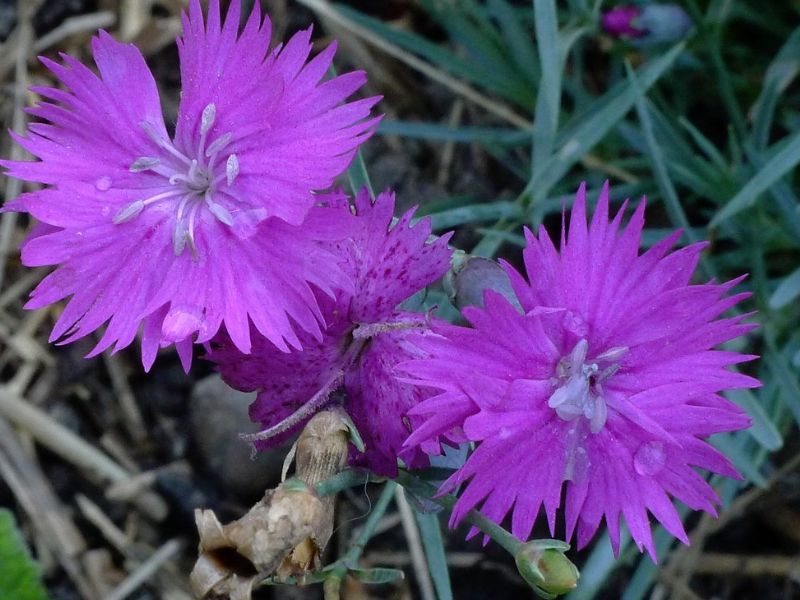
It is native to western and central Europe, from the UK to Ukraine. It became a protected species in the UK in 1975 under the Conservation of Wild Creatures and Wild Plants Act.
II. How to Grow and Care
Cheddar pink flourishes in well-draining soil and full sun exposure, showcasing a preference for slightly alkaline conditions. Special care is needed to avoid overwatering, as cheddar pink is susceptible to root rot. Providing good air circulation around cheddar pink is crucial to prevent common fungal issues. These considerations mark cheddar pink as a plant with relatively easy care requirements.
Sunlight
Cheddar pink prefers to be planted in either full or partial sun, where it can enjoy at least 6 hours of sunshine each day. They will never flourish to their best ability in shaded areas of the garden.
Temperature
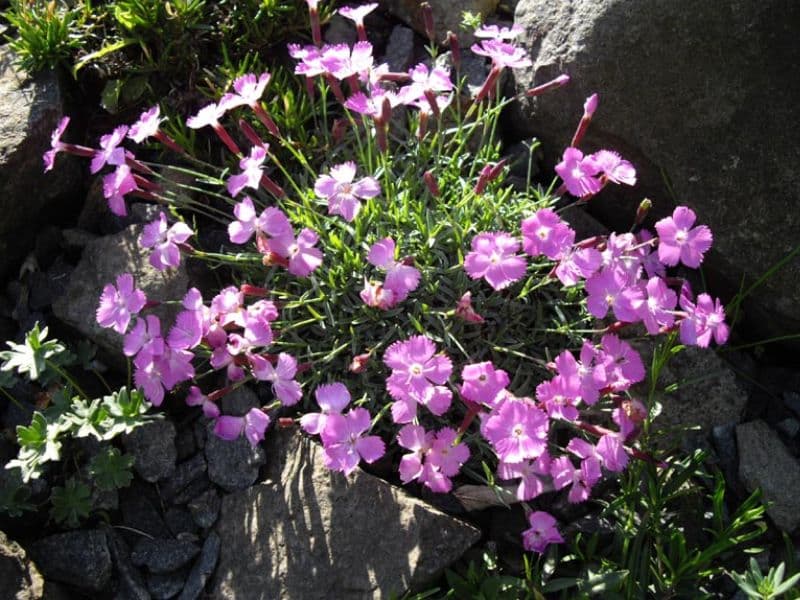
With species native to Europe, Asia, North Africa, and even the arctic regions of North America, it is easy to see why the cheddar pink has become a favorite hardy plant variety. Species such as the ‘northern pink’ are even ideal for colder climates. Therefore, it is no surprise that most gardeners will be able to find a cheddar pink to suit their climate thanks to their adaptability.
Watering
Thriving in its native rocky and alpine habitats, cheddar pink is well-adapted to environments with good drainage and occasional moisture. This species exhibits a preference for drier conditions, tolerating periods of drought with ease. Watering should be done sparingly, aligning with its hardy nature—once every week suffices to maintain its vigor.
Cheddar pink typically fares better outdoors where it can benefit from natural rainfall patterns, particularly suited to temperate climates where its evergreen foliage can retain moisture efficiently without the need for frequent watering.
Soil
Cheddar pink prefers to be planted in well-drained, fertile soil. A neutral to alkaline pH soil such as chalk or loam is best for growing. The plant’s tolerance against drought makes it popular amongst beginner gardeners, as it can survive with minimal effort or strict watering regime.
However, it will not flourish under poor drainage. For this reason, it’s best to add extra drainage in the form of horticultural grit or sand to your soil if you are gardening in an area with heavy clay soil or where the water table is particularly high and the soil is likely to become wet and compacted during the winter months.
Fertilizing
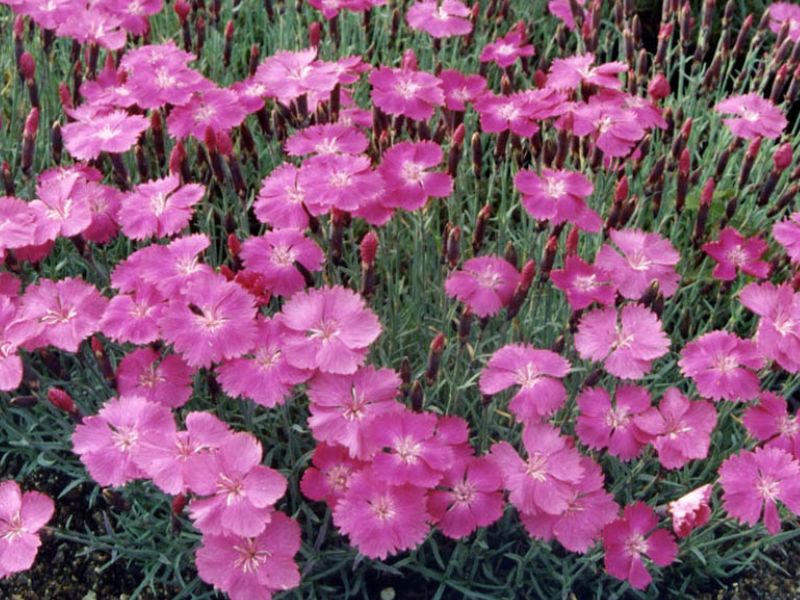
Nurture cheddar pink with balanced nutrition fertilizers during active growth for robust health. Spring and early summer benefit from monthly applications, transitioning to high phosphorus types before blooming to enhance vibrant flowers. Use sparingly—over-fertilization risks harm. Adjust feeding with seasonal cues; less in dormant periods. For efficacy, water soil before applying granular fertilizer to prevent root burn. Practical tip: a light hand is key; aim for a consistent, modest spread around the plant’s base, avoiding direct contact with foliage.
Pruning
Deadheading cheddar pink is the ideal way to prolong the flowering season, saving nutrients for new blooms. This should be done regularly once flowers are wilt. Most varieties respond well to a good pruning after flowering. This encourages new growth and possibly a second bloom later in the season.
Propagation
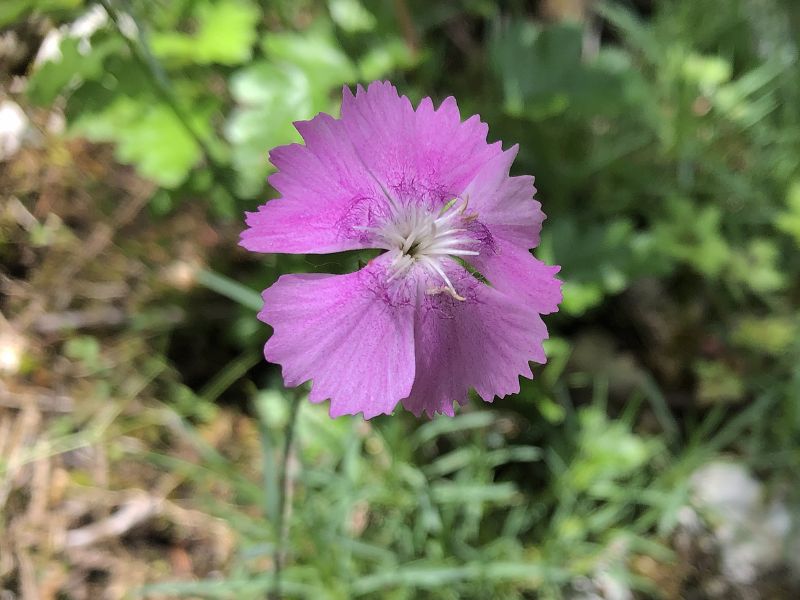
For anyone planning to multiply their collection, perennial varieties can easily be divided. Alternatively, cheddar pink can also be propagated via tip cuttings or layering.
Transplanting
The ideal season for transplanting cheddar pink is from late spring to early summer, or early winter to late winter, as these periods allow for better root development. Ensure cheddar pink is placed in a well-draining location with full sun exposure. Keep the root ball moist during transplant to promote success!
Repotting
Repot cheddar pink every 2-3 years, ideally in spring before peak growth. This mat-forming perennial prefers ample room to spread, so choose a shallow, wide container. Post-repotting, ensure well-drained soil and avoid overwatering to prevent root rot. With proper care, cheddar pink will flourish, showcasing fragrant blooms and silvery foliage.
III. Uses and Benefits
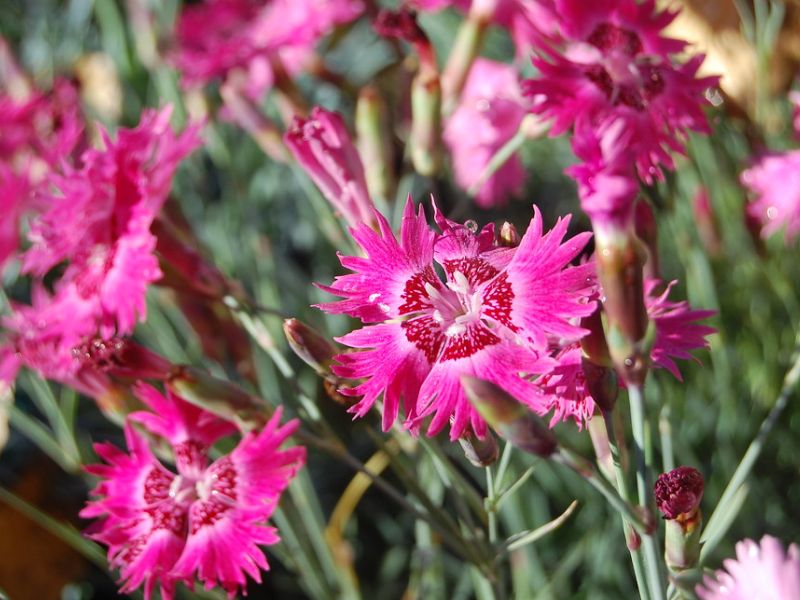
The herbaceous, bronze-colored, evergreen foliage of cheddar pink is worth considering as a low-maintenance perennial plant in alpine gardens, rock gardens, and as a groundcover. Wherever you plant it in full sun, the vibrant summer flowers brighten the landscape, and the dense mat of foliage crowds out weeds.
Find Where to Buy the Best Cheddar Pink (Dianthus gratianopolitanus)

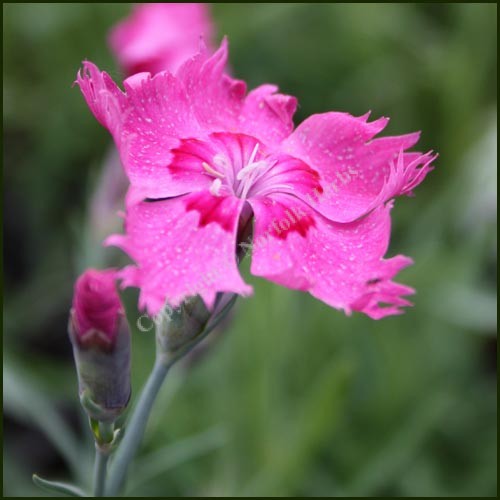







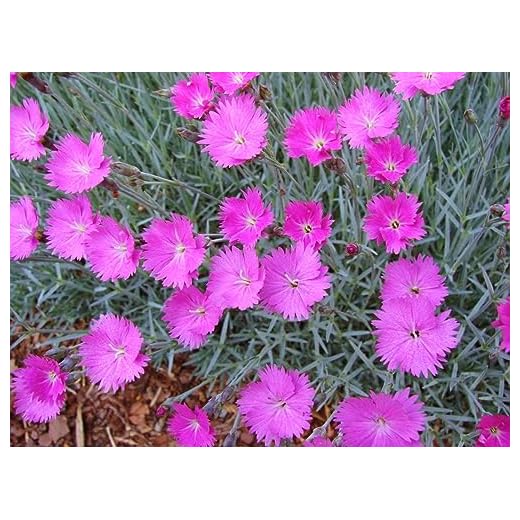
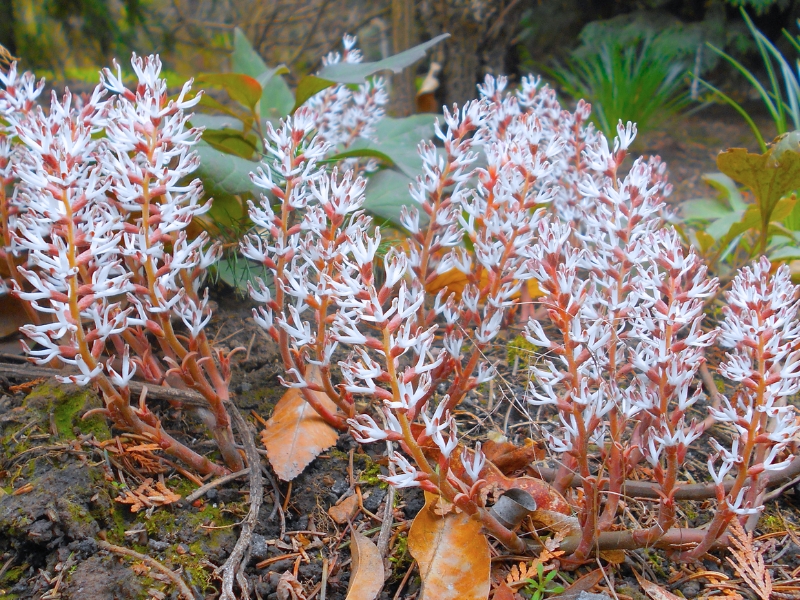

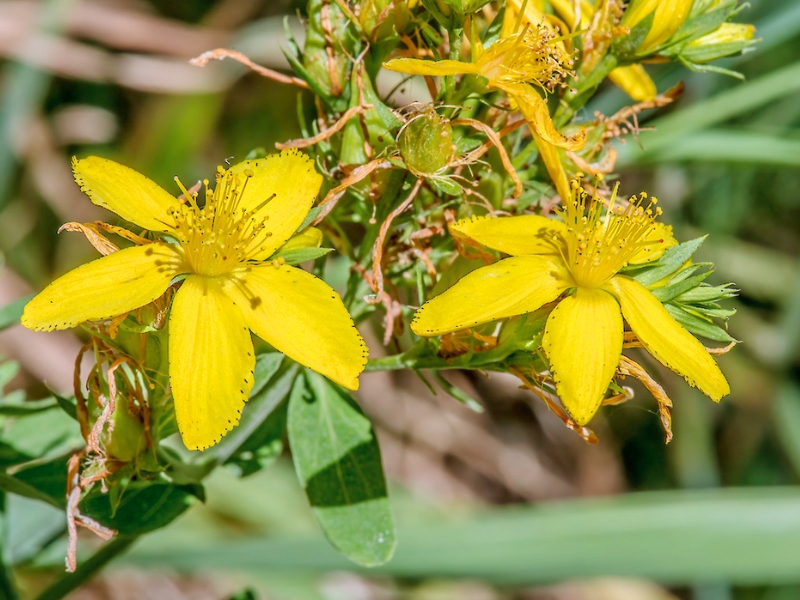
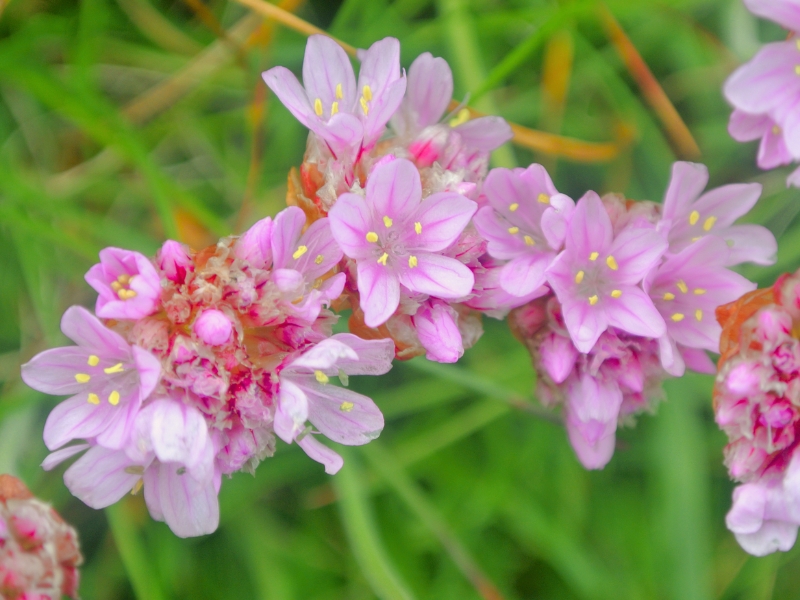
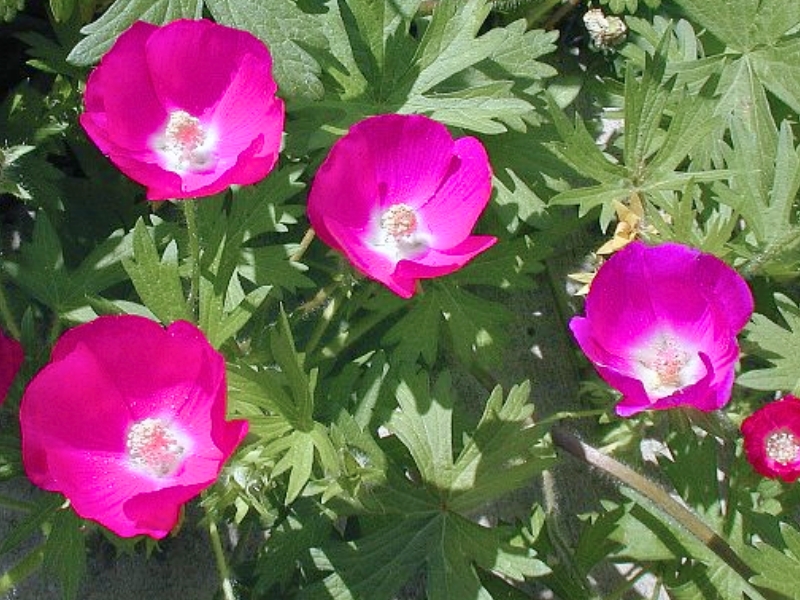
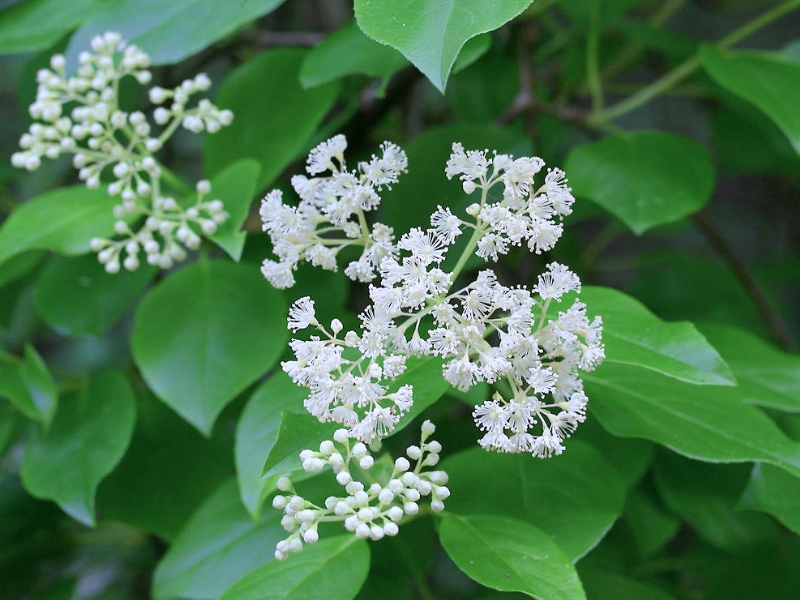
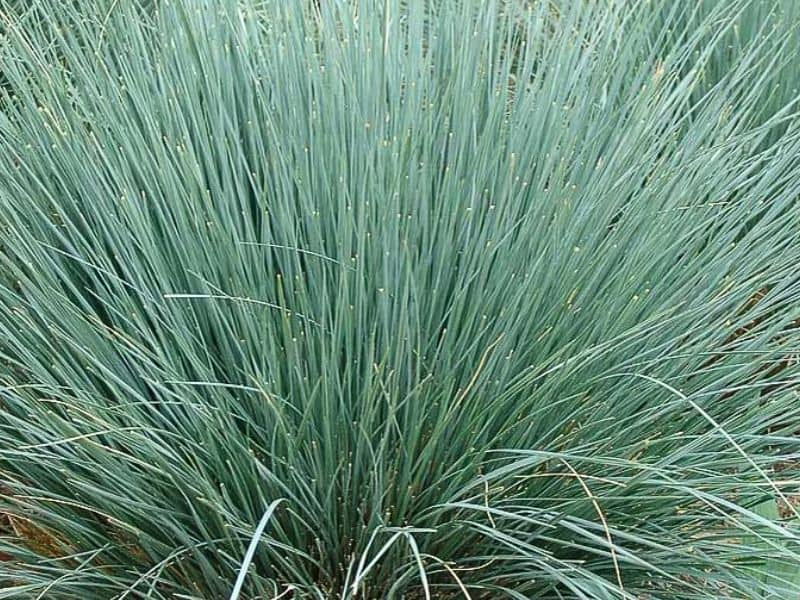
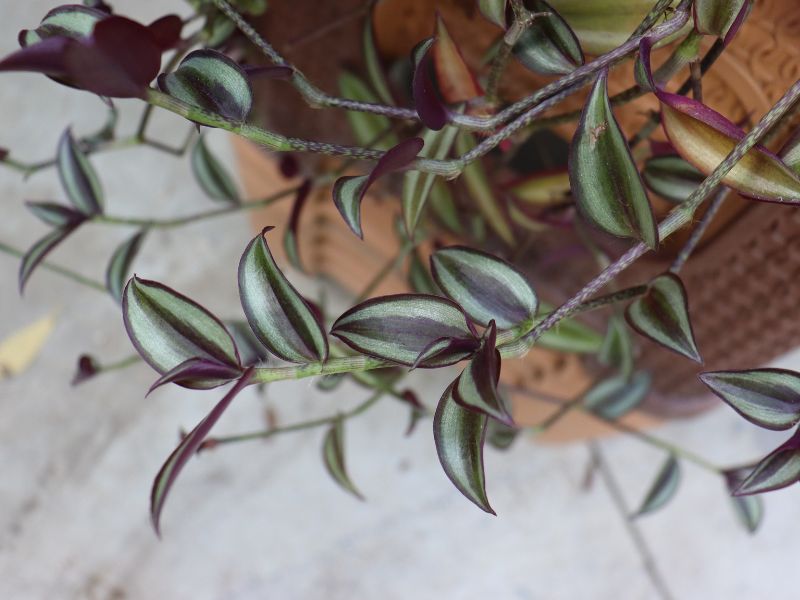
Leave a Reply